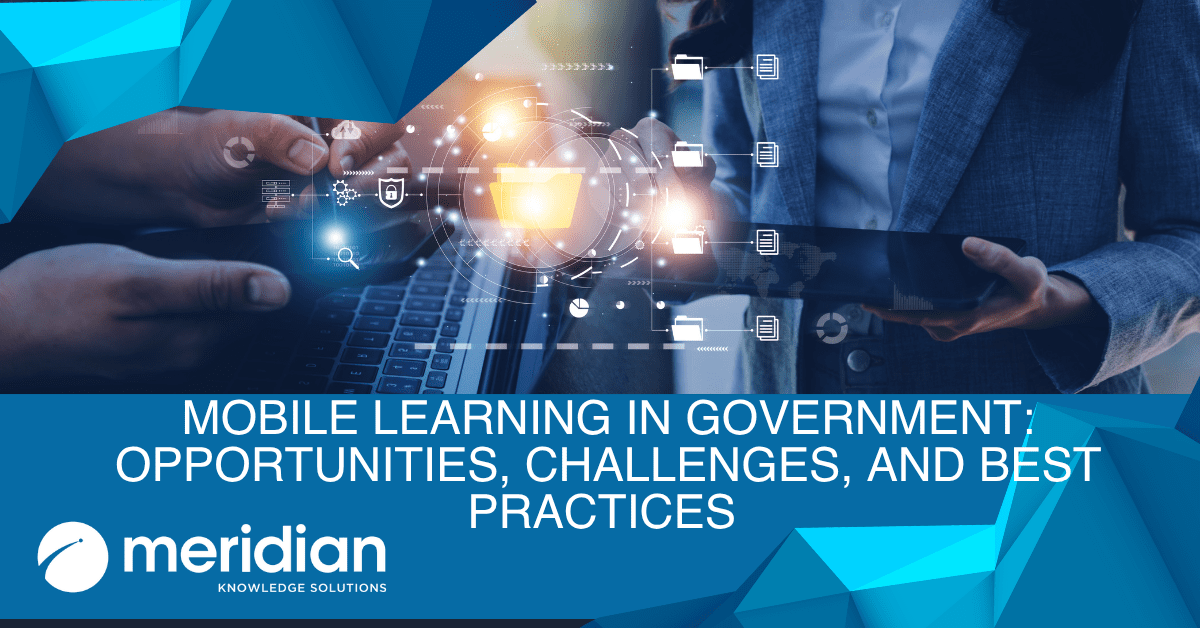
Government procurement, also known as government purchasing, is the formal process by which agencies acquire goods and services. Acquisition teams identify requirements, issue solicitations through sites such as SAM.gov (formerly FedBizOpps), and evaluate responses in accordance with the Federal Acquisition Regulation (FAR).
Combined, U.S. federal, state, and local agencies represent the world’s largest customer, spending over $7 trillion annually. Government buying accounts for more than 13% of U.S. GDP, making it the single largest industry in the country.
Yet despite this enormous opportunity, many organizations hesitate to pursue government contracts due to misconceptions about the procurement process—especially when it comes to selecting a learning management system (LMS). Concerns about red tape, long timelines, and confusing requirements often discourage companies before they even begin.
Below are the most common myths about government LMS procurement—and the truth behind each one.
This is one of the biggest misconceptions in government procurement. While agencies must remain within budget, price is only one of several evaluation factors. Under FAR guidelines, agencies consider:
Two LMS vendors may appear similar in price, but hidden fees—such as integrations, data migration, or outsourced implementation—can dramatically increase long-term costs.
A cloud-only LMS may seem cheaper initially, but if it lacks required features (multi-domain capabilities, granular permissions, FedRAMP options, on-prem deployment, etc.), agencies often end up purchasing additional tools to fill the gaps.
Bottom line: Government agencies award contracts to the solution that provides the best overall value, not the lowest bid.
In reality, agencies don’t automatically choose incumbent vendors. Contracts are re-competed regularly, and past vendors often lose when they can’t meet new requirements.
Most procurement teams don’t know every qualified LMS vendor on the market. If you’re not marketing to the agency, participating in pre-solicitation engagement, or leveraging procurement vehicles, they may not even know your solution exists.
Each agency and state has its own procurement rules, priorities, and evaluation criteria. Understanding these nuances is critical.
At Meridian, our team has deep expertise navigating the federal and state procurement landscape. Our portfolio of Federal, State, and Local procurement vehicles makes it easy for agencies to work with us—and easier for vendors to position Meridian as a partner capable of supporting public-sector learning at scale.
Transitioning from one LMS to another can be complex, but it doesn’t have to be slow. The key is clearly defining why you’re switching, what must be preserved, and what must be improved.
Before migration begins, agencies should:
A good vendor will help plan for:
Meridian simplifies this process by including a SCORM authoring and content management system at no additional charge for qualifying new customers—making it easier to update, convert, and move content during implementation.
While being listed on a GSA or State contract can shorten procurement timelines, it is not required to win government business.
Having an approved GSA or state contract makes you easier to buy from—it does not restrict agency choice.
Meridian is listed on the GSA Schedule 70, offering pre-negotiated pricing and simplified acquisition for federal agencies seeking an established, public-sector-ready LMS.
Selling to government agencies may seem intimidating—but the opportunity is massive, and the barriers are often overstated. The public sector relies heavily on training to maintain readiness, ensure compliance, and upskill an evolving workforce. Agencies need modern LMS solutions that support:
Organizations willing to understand the process, market effectively, and deliver substantial value have a real chance to compete—and win.
Don’t let outdated myths prevent you from pursuing one of the largest markets in the world.